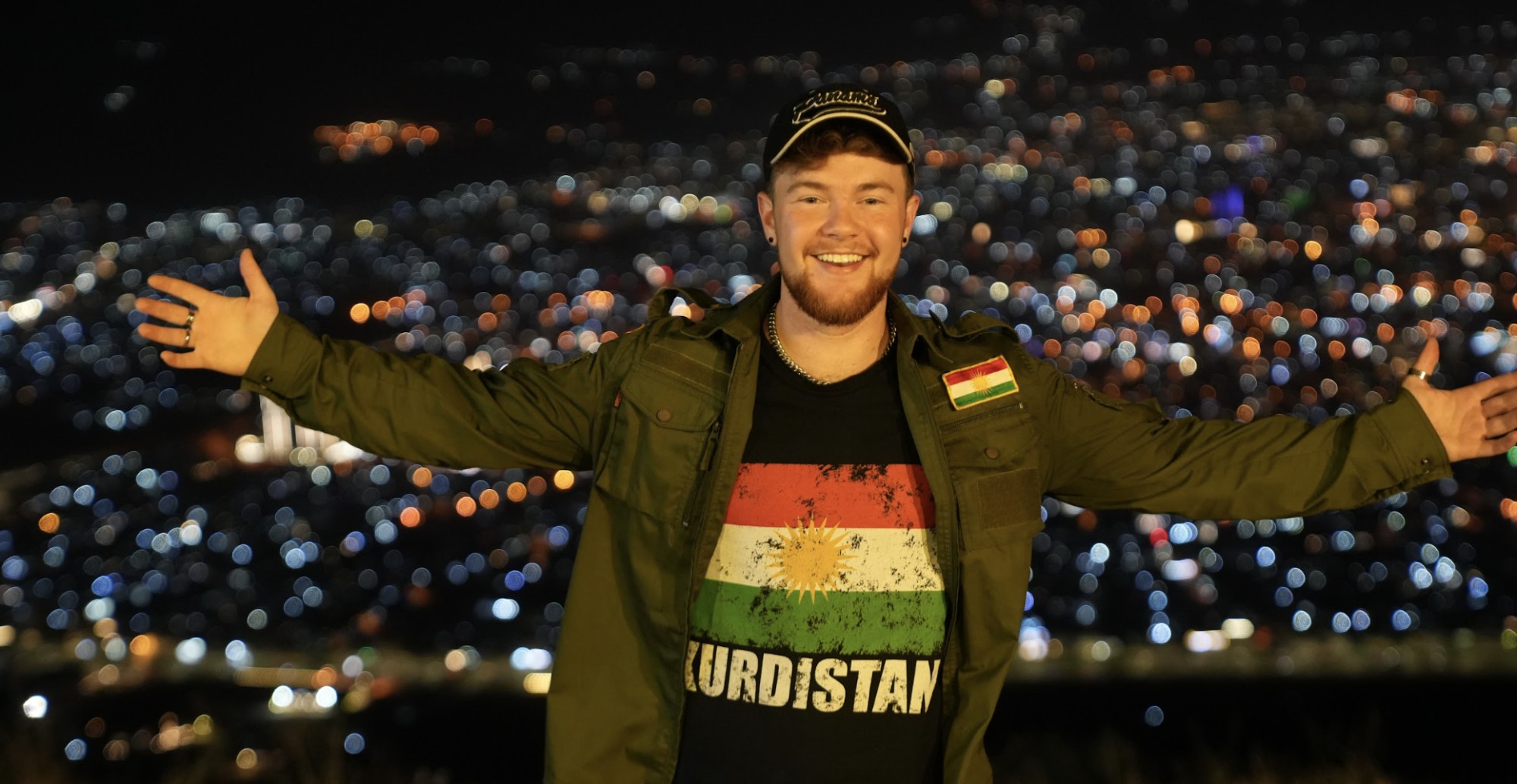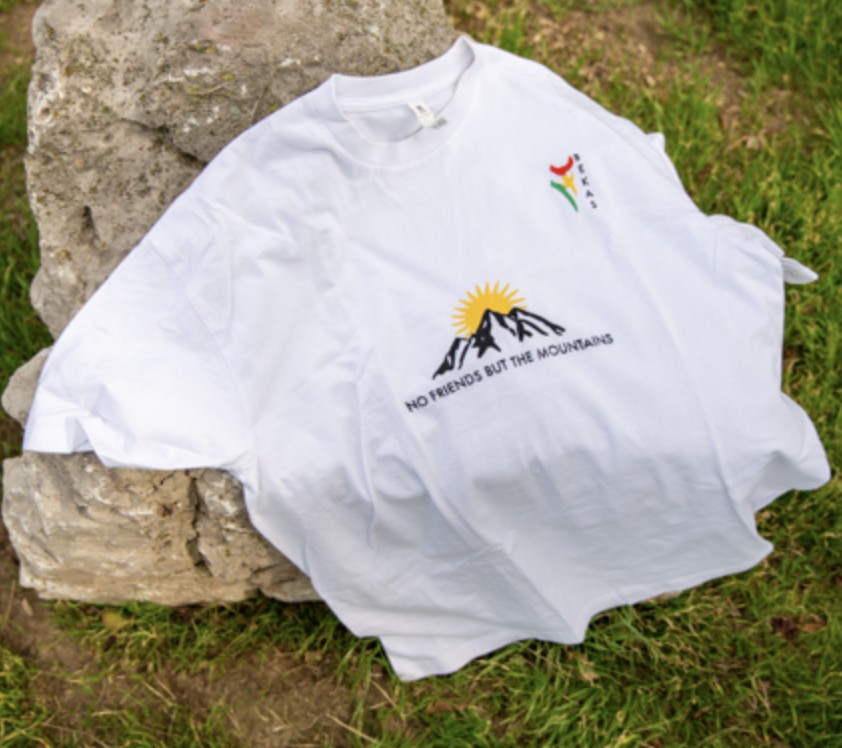Pir Shalyar is a unique holiday observed by the Hawrami people. This annual celebration takes place during the winter season, in the three weeks flanking the 40th day of winter, a date that aligns with the first Wednesday of February in the Gregorian Calendar. The hub of these activities is the capital city of the Hawraman Region, (aka Uraman Takht), in Eastern Kurdistan (northwestern Iran).
At the core of the Pir Shalyar celebration lies a parliamentary-style gathering. Despite the swelling numbers of attendees each year, the event's historical underpinnings remain unaltered, captivating the local populace. A vivid documentation of the ceremony – particularly the parliamentary proceedings – is undertaken by the people of Hawraman, who capture photos and videos of each stage.

Geographically, Hawraman is a captivating region defined by its mountainous landscapes and appeal to tourists. Positioned across the northern section of the Kurdistan Region of Iraq (KRI) and Eastern Kurdistan, the bulk of Hawraman lies within Iran. This region has safeguarded its cultural heritage and authenticity throughout history.
Hawraman is compartmentalized into three distinct areas. The first, Lehon, spans from Zalm village in the KRI to Shamshir village near Javanrud in Eastern Kurdistan. It is famous for the singers that call the area home. The second, Takht, is almost entirely situated in Eastern Kurdistan, extending from Dezli to Hajij. It is home to a number of famous poets, mullahs, and scholars. The third, Zhawaro, is also mainly in Eastern Kurdistan. Stretching from Qalaji to Palngani Garmaser, this area was historically largely inhabited by traders.
The visual impression of Hawraman from a distance unveils a unique feature – the doors and windows of houses in the region are adorned with two distinct colors, each symbolizing different designations. A green hue signifies that the residence belongs to a Sayyid or a Sufi, whereas a blue hue indicates the house of a sheikh.

Pir Shalyar's dwelling
The central figure in the Pir Shalyar celebration is Pir Shalyar, a venerable sage and one of the most esteemed historical figures in Hawraman. His influence earned him reverence and sainthood among the people of the region. With great foresight, Pir Shalyar established the first tribal assembly in Hawraman, a pivotal accomplishment that has stood the test of time. Historical accounts suggest that this assembly dates back over 907 years and is often referred to as “Yan and Pir.”
During his time, Pir Shalyar transformed his residence into an assembly point, where the diverse tribes of Hawraman convened to deliberate and address communal issues. This enduring legacy has enabled the inhabitants of the region to preserve their cultural heritage and traditions. On the first Wednesday of February of each year, the people of Hawraman faithfully recreate the Pir Shalyar celebration. The next day, the first Thursday of February, marks the convening of a parliamentary session at Pir Shalyar's former residence. Although Pir Shalyar passed away many years ago, his wisdom endures, and his title is perpetuated across generations. The parliamentary proceedings continue in the same location, known as Pir Shalyar's assembly, featuring the participation of all Hawraman tribes.
Nestled among the oldest and most historically significant structures in Hawraman, Pir Shalyar's residence stands as a testament to time. Comprising a room measuring five meters in width and nine meters in length, the walls are crafted from mud, the ceiling from wood, and the floor is composed of earth. Surrounding the room are shelves on all four sides, functioning as platforms for tribal assemblies. Each tribe occupies its designated space within this assembly. While the frequency of parliamentary sessions fluctuates annually, there are instances when nearly 1,000 individuals partake. Essential renovations, carried out using traditional methods, maintain the house's structural integrity. Beyond festival days, the assembly draws both local and foreign visitors, serving as a significant tourist attraction and hosting the annual parliamentary session.

Stages of the Pir Shalyar celebration
The first stage of the celebration, known as Claw Rochna, occurs during the winter season on the first Wednesday of February. Between six and seven in the morning, children age one to 10 from the five villages of Uraman Takht (Kamaale, Rohri, Uraman Takht, Sarpir, Chamay Weysyan) embark on a cheerful Claw Rochna procession. In return, they receive gifts like sweets, nuts, and dried fruits.
The second stage is known as sacrifice (tadhia) or slaughter. On the same Wednesday, between eight in the morning and 12 noon, most households in Uraman Takht partake in the sacrifice of sheep, goats, and cows in front of Pir Shalyar's home. The meat pot in which the sacrificed animals are prepared is shared with guests, tourists, and local residents throughout the celebration. As a symbol of Pir Shalyar's teachings, this stage underscores the necessity of sacrifice in pursuing life's aspirations. Achieving personal goals often demands relinquishing something else.
The third stage involves the Kurdish dabke dance and drumming. In the early evening on Wednesday, Hawrami men and guests gather before Pir Shalyar's dwelling for drumming, Sufi dances, and contemplative remembrance. The festivities persist until the maghrib, or dusk, call to prayer. This act symbolizes unity, a collective effort fostering peace and joy. The week concludes with a parliamentary session, where tribal elections shape the parliamentary council.
The fourth stage of the festival occurs on the second day, which is the first Thursday of February. Local women showcase handcrafted treasures in front of their homes, selling these crafts to tourists over the course of a week. There are also guided tours of historical sites for tourists, while the afternoon sees the resurgence of dance and drumming.
Pir Shalyar attracts tourists to the region, giving the women a chance to market their handicrafts and portraying Uraman Takht as a vibrant commercial hub.
The next stage of the festival is the Assembly Session. Following the call to prayer in the evening, all tribes convene at Pir Shalyar's residence for a parliamentary session. The agenda encompasses reviewing the past year's issues and electing a new advisory council. Initially, representatives are chosen from four tribes to form a four-member council through consensus. The session spans around two hours, comprising discussions, dinner, and elections.
The final stage of the festival, the Trbe Ceremony, occurs on the second Friday of February. Trbe translates to “justice and equality” in the Hawrami language. At seven in the morning, male heads of household from Uraman Takht offer four loaves of bread at Pir Shalyar's grave. The council members then collect diverse bread types – including cornbread, wheat bread, and barley bread – from the people and distribute four loaves to each individual. A shared remembrance culminates in a communal meal of bread and yogurt.
This practice offers a taste of the diet of less-privileged people to the wealthy, and vice versa, fostering empathy. If families face difficulties, the council members and affluent individuals collaborate to find solutions.
These six stages of the Pir Shalyar festival unfold each year. Notably, days prior to the event, individuals from various countries assemble in Uraman Takht, including ordinary folk, tourists, journalists, and photographers. Their objective is to witness, record, and report on the festival, preserving its essence for posterity.
Fatmah Qasim Habib is a journalist, artist, poet, and art designer who has organized numerous art exhibitions in both the Kurdistan Region and international locations

